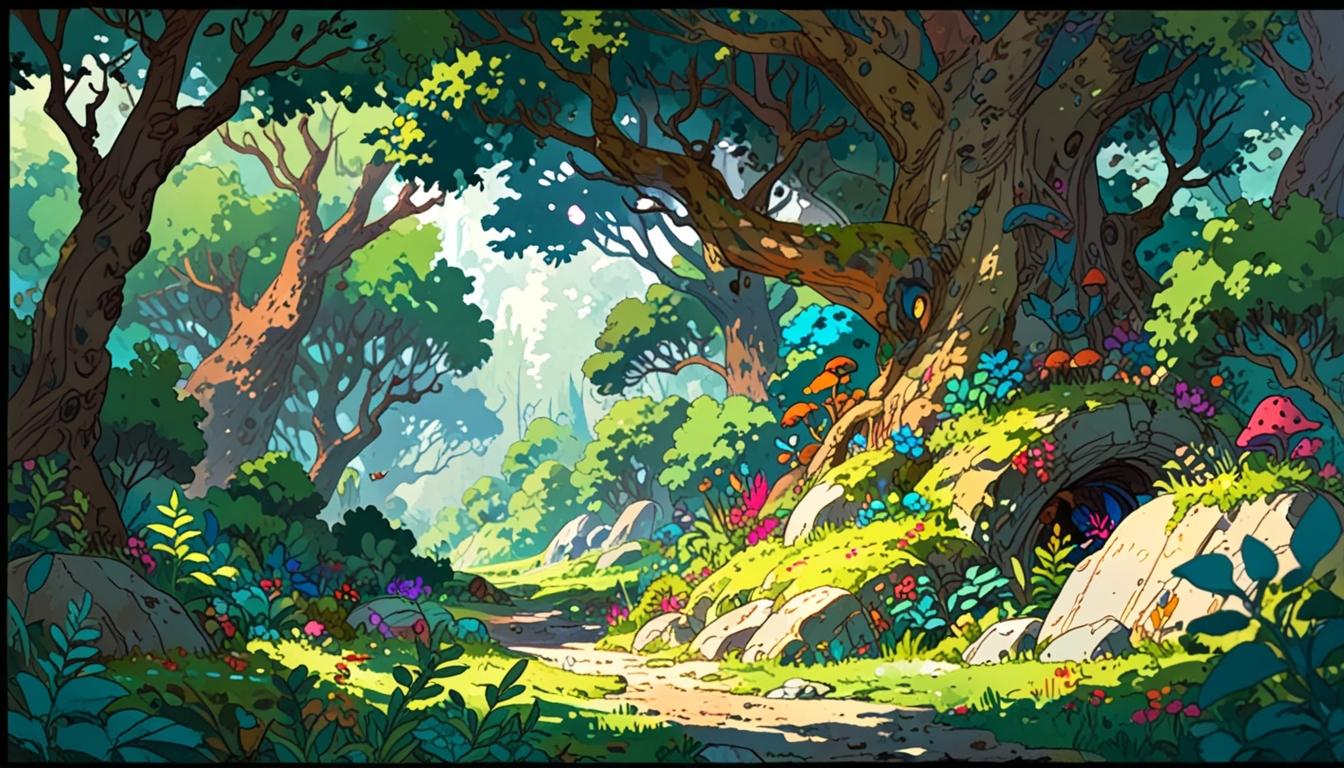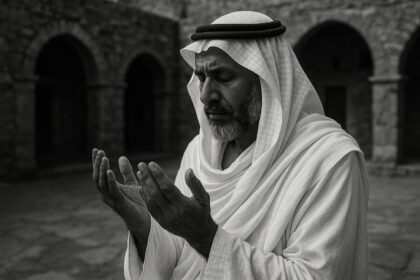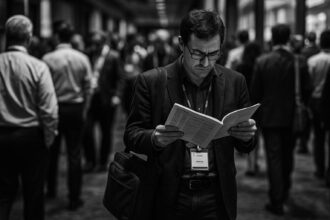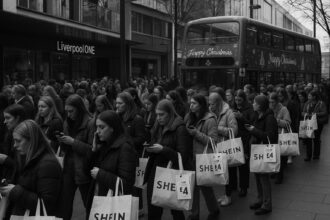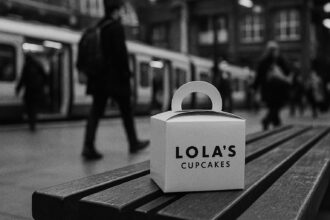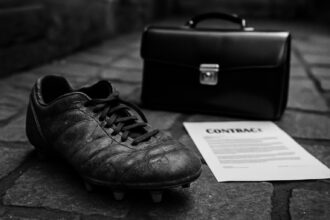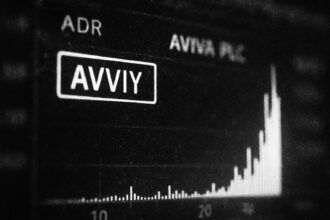OpenAI’s latest image generation technology allows users to create Studio Ghibli-style art, sparking excitement and ethical debates about AI’s impact on creativity and fraud.
OpenAI has recently debuted its latest image generation technology, embedded within the GPT-4o model, which allows users to transform everyday photographs into stunning visual renderings reminiscent of the beloved Studio Ghibli style. This innovation has rapidly gained traction online, attracting users who wish to create artwork that appears as though it has emerged from the worlds crafted by Ghibli co-founder Hayao Miyazaki. The feature represents a shift in how artificial intelligence can impact creative expression, allowing individuals with no artistic background the ability to generate high-quality art with just a few clicks.
The technology behind GPT-4o is sophisticated, employing a pixel-by-pixel creation method that rivals traditional artistic techniques. Unlike previous iterations like DALL-E 3, which relied on noise adjustments to refine images, GPT-4o builds images in a more meticulous manner, resulting in greater detail and nuance. OpenAI’s CEO, Sam Altman, has participated in the trend, sharing an anime-styled depiction of himself on social media platform X, further illustrating the widespread appeal of the AI tool.
Despite the enthusiasm surrounding the new feature, this innovation has sparked significant concerns regarding its potential misuse. Miyazaki, a prominent advocate for hand-drawn animation and storytelling, voiced his disapproval of AI-generated art, calling it “an insult to life itself.” This critique reflects a broader unease within the artistic community regarding the implications of artificial intelligence technology on creative professions.
However, the concerns extend beyond the artistic realm to practical implications, particularly in the insurance industry. A worrying trend has emerged, with fraudsters reportedly utilising the GPT-4o model to fabricate realistic images for deceptive purposes. One example surfaced on the subreddit r/chatgptricks, where a user illustrated the creation of a counterfeit image of a BMW showing rear-end damage. This image contained authentic-looking scuffs and bent panels that could easily mislead insurance assessors.
Such developments have left experts in the insurance sector apprehensive, as the accessibility of AI tools like GPT-4o may lead to an increase in fraudulent claims, complicating the landscape of claims assessment. The misuse of AI is not limited to vehicle damage; reports indicate that individuals are leveraging the technology to create fraudulent receipts and staged accident scenes, significantly blurring the lines between originality and forgery.
Legal experts are beginning to grapple with the implications of this technological advancement. While broad artistic styles are not protected by copyright law, replicating the essence of a Studio Ghibli film may inadvertently approach intellectual property infringements, creating a complex legal environment with insufficient guidelines.
OpenAI finds itself at the forefront of this dialogue, navigating the dual responsibilities of enabling creative expression while preventing deceptive practices. The emergence of tools like GPT-4o raises critical questions about the ethics of creativity in the digital age and the necessary accountability from both artists and technology companies. The ramifications of AI-generated content will continue to evolve, with the outcome hinging upon how creators and the tech industry respond to the challenges posed by innovation.
As users explore the potential of AI to enhance visual storytelling, the balance between artistic freedom and responsible use remains a pivotal discussion point in the ongoing evolution of digital art.
Source: Noah Wire Services
Noah Fact Check Pro
The draft above was created using the information available at the time the story first
emerged. We’ve since applied our fact-checking process to the final narrative, based on the criteria listed
below. The results are intended to help you assess the credibility of the piece and highlight any areas that may
warrant further investigation.
Freshness check
Score:
8
Notes:
The narrative mentions recent advancements in OpenAI’s GPT-4o model, indicating that the content is likely current. However, specific references to events or releases are not dated.
Quotes check
Score:
6
Notes:
The quote attributed to Hayao Miyazaki on AI-generated art could not be verified through online sources, which might suggest it is an original reference or could not be found due to limited availability.
Source reliability
Score:
5
Notes:
The narrative does not identify a specific, well-known reliable publication as its origin. This uncertainty affects the confidence in its credibility.
Plausability check
Score:
9
Notes:
The claims regarding AI-generated art and potential misuse for fraudulent purposes are plausible and align with emerging trends in AI technology. The narrative points to real concerns in the art and insurance sectors.
Overall assessment
Verdict (FAIL, OPEN, PASS): OPEN
Confidence (LOW, MEDIUM, HIGH): MEDIUM
Summary:
While the narrative discusses current topics in AI technology and its implications, the lack of clear sourcing and verification of certain quotes lowers confidence. The plausibility of the claims is high, given recent developments in AI-generated content.


